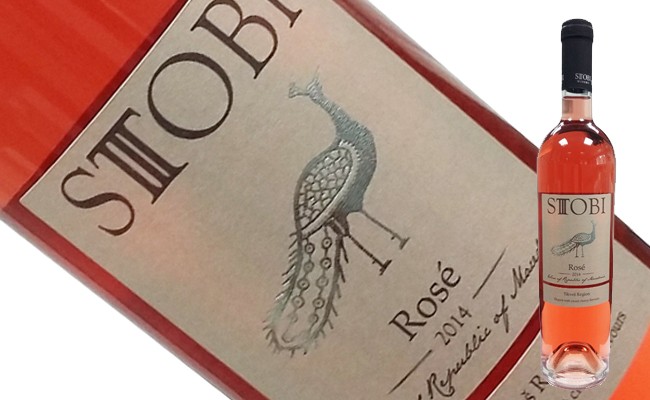How to Make Rosé Wine
Posted on Mon 27th Jun 2016 at 12:16

A recent study by Sainsbury’s showed that 11% of all wine sales are now rosé, with young people increasingly turning to the drink thanks to endorsement from celebrities such as Brad Pitt and Angelina Jolie.
Yet many don’t know how it’s made, meaning that the time is ripe to give your customers a rosé refresher. As a reminder: There are three main ways to make rosé: maceration, the bled method and blending. Maceration, the process employed by Stobi, is where the red wine grapes are left to rest in the grape juice, and the grapes are removed, leaving the juice to ferment into rosé wine. The grapes can be in the juice from two to twenty hours depending on the effect required – the longer they are left, the darker the colour. The bled method, also known as Saignée, is where red wine producers bleed off some of the juice during the first few hours of making a red wine, and put it into a new vat to make rosé. This not only gives you a wonderful rosé wine, but also produces red wines of greater intensity. This type of rosé production is quite rare. Blending is a very simply method that involved adding a small amount of red wine – less than 5% - to white wine in order to dye it pink, although this method is not allowed in the EU. This happens a lot more with sparkling wines than it does with flat ones - many rosé champagnes are blended. Whichever method they are made with (and most use maceration), rosé wines can be a delicious drink that can enchant your customers with a variety of colours, styles and fruit flavours. If you’d like to sample our new 2014 Stobi Rosé, contact us today.

